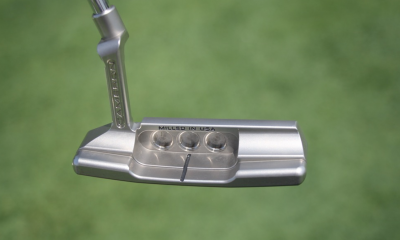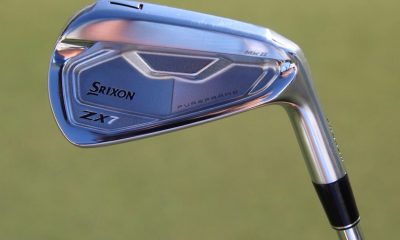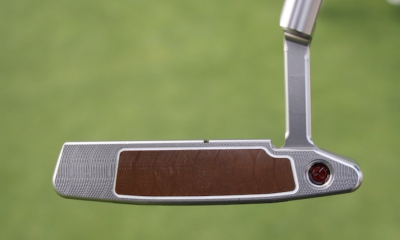Opinion & Analysis
The best bets for the 2023 Porsche European Open
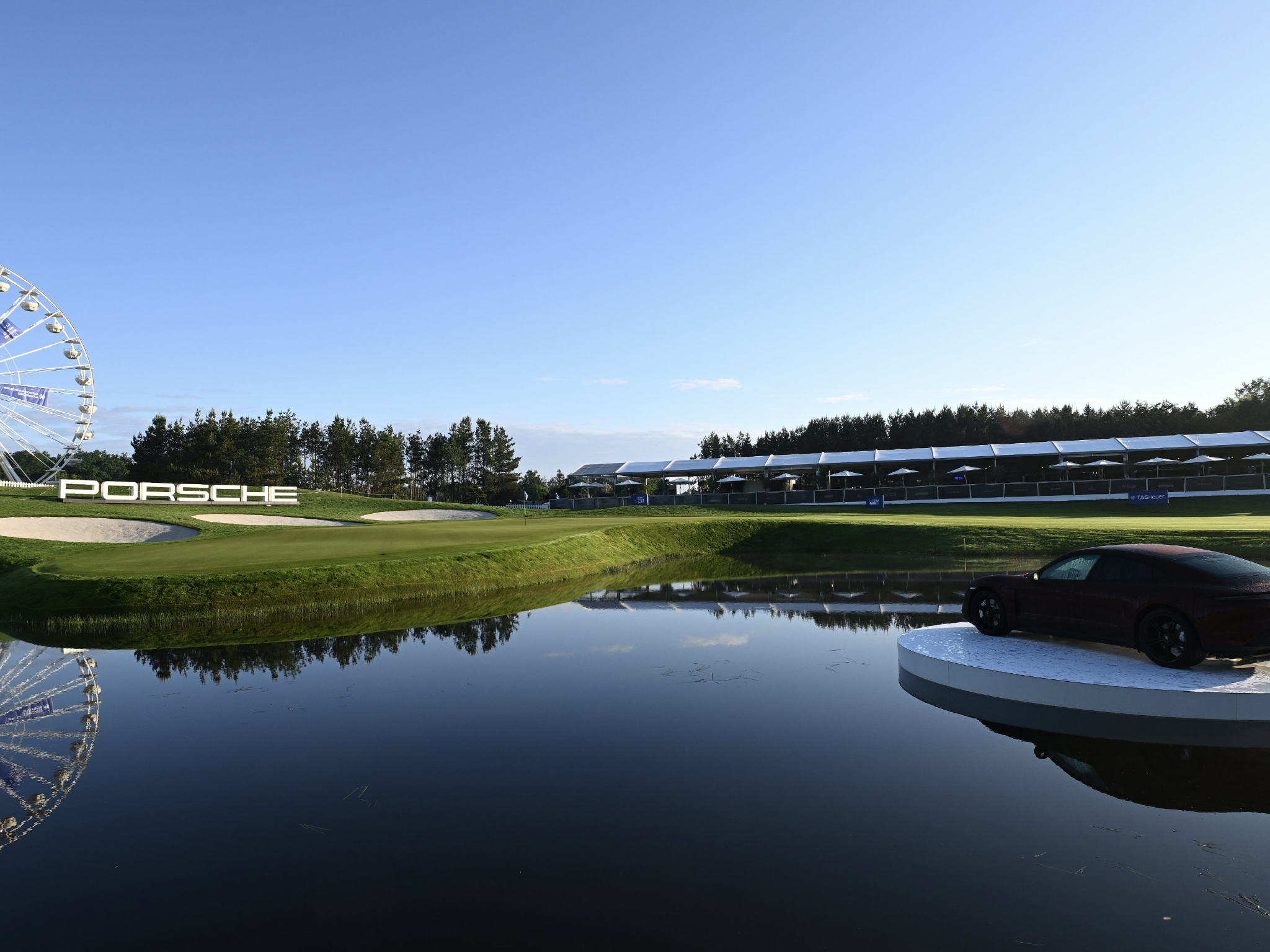
Green Eagle hosts the European Open for the sixth consecutive time, missing only the pandemic year of 2020.
Known for its potential to stretch to 7800 yards, this monster course in Hamburg is able to reduce itself to around 7300, a far less insurmountable proposition that allows the non-bombers to make use of their pin-point iron play.
Of the top 16 players last year (top 10 and ties) nine fell into the top 12 for tee-to-green, split into those that made it off-the-tee (six in the top-12) and those from approach play (total of four players). Go back to 2021 and champion Marcus Armitage won the shortened three-round event with a ranking of 40th off-the-tee, whereas four of the remaining top-10 ranked in single figures for the same asset.
It’s a real mix, and whilst I’m definitely on the side of those that hit it a long way, there are more factors at work here, particularly a solid relationship with the Italian Open, as well as events in the Czech Republic and Dubai, weeks that allow drivers to open up a tad.
Last year’s winner Kalle Samooja has a best of 2023 at the Marco Simone Club, a tournament won by Adrian Meronk, and with a top-10 containing the big-hitters Julien Guerrier, Nicolai Hojgaard and Daniel Van Tonder, with Armitage a couple of shots away in ninth place.
Like Armitage, the Finn also boasts a win in China (although at differing courses) where solid driver Sean Crocker (third) carries a link between the Czech Masters, being runner-up to Johannes Veerman (10th here, eighth Italy), and another bomber Tapio Pulkkanen, whose best effort this year has been at the Ryder Cup venue to be.
Of the 35-year-old Englishman, his only other victory came in the 2018 Foshan Open, where his nearest victims included Alexander Knappe, Mattieu Pavan and Ryan Fox, all constantly there in the lists for top driving, with Bernd Ritthammer (tied runner-up here 2019) in ninth place.
Amidst plenty of Crans and Alfred Dunhill form on various cards, 2022 Italian Open winner Robert Macintyre was the second of three that tied in second place here behind the classy Paul Casey in 2019, as well as tying with Matthias Schwab at Olgiata, Italy, in the same year.
The Austrian, now plying his trade on the other side of the pond, also brings in the third of three players that ran up here, a seventh place at Green Eagle, two top-10 finishes at Albatross and top finishes at the Dubai Desert Classic and China.
Current favourites Victor Perez and Rasmus Hojgaard both disappointed last week at the Dutch Open, and whilst that occurred in completely differing circumstances, they give nagging doubts to what would otherwise be solid claims on class alone.
The Frenchman hadn’t recovered from a week away at Oak Hill when missing the cut, but probably should have won here last year when eventually third, and his ball-striking doesn’t quite have the same sound at the moment. On the other side, the Dane star again had a chance to prove best last week, but for the fourth time in nine months, failed to go through with his effort after entering Sunday in the final two groups.
If wanting a player to link up all the chosen comp tracks, then Jordan Smith would be the selection, even at 20/1 or thereabouts. However, having been safely in the draw for the weekend after 12 holes of his second round at Bernardus, the 2017 Green Eagle champ completely lost control of his tee-to-green game, dropping nine shots in his last seven holes. The 30-year-old is made for this place, as his two further top-11 finishes indicate, but last week’s effort needs a large bunker of forgiveness and I’ll instead nail my colours (again) to Alexander Bjork, the man that beat Smith in China in 2018.
I was with the Swede last week based on crossover form, and this week he makes similar appeal being able to back up that Asian form with top finishes in Dubai, Abu Dhabi (see Casey) and Crans (Armitage and shock winner of this event Richard McEvoy). Of that sole victory at Topwin, it has to be of interest that former China Open specialist Alex Levy won the last running of the European Open at Bad Griesbach before finishing second and 13th here, whilst impossible-to-read HaoTong Li, the 2016 Topwin champ, was 18th on his only try around the monster that is Green Eagle.
Last week’s top-30 made it 10 cuts in a row for 2023, with some impressive displays through this first half of the year, including top-20 in Dubai, second in Ras and back-to-back fourth placings at both the Soudal and Italian Opens.
The 32-year-old ranks fifth for overall performance over the last 12 weeks comprising 32nd in total driving, 24th for ball-striking and 12th for putting. He is exploiting his excellent tee-to-green game, and now ranking in third for scrambling, remains one of the rare players that can recover well when missing their target – although at 19th for greens-in-regulation, this isn’t that often.
Bjork has made all four cuts here, with his last three finishes in the mid-20s, but is in probably the best form of his life. With doubts surrounding many of the rivals at the top, his constant barraging of the short stuff should see him challenging over the weekend.
Home favourite Yannik Paul has been well backed from a far-too-big early price, and there is a case for making him still value at 30+, but Jorge Campillo needs forgiving for an awful display from the front last weekend, even if that was an outlier to his otherwise excellent run, that includes a victory and top-10 in Italy.
There seem to be an awful lot of doubts about the top lot in the market (save a mere handful) so take a trip downtown and try nabbing a bit of value prices that will pay nicely should they nab a place.
Whilst Gavin Green would seem to be an obvious place to go, he sits in the range between 50/1 and 100/1, full of untapped talent and players, that have least not had too many chances to put their head in front.
Jordan Smith won on debut here, so it’s not impossible, and whilst Jeong Weon Ko may need another year or two to reach his peak, he is one that appeals as a ‘watch’ for the rest of 2023.
The French-born Korean dominated his home junior scene before taking his time through the Alps and Challenge Tours, eventually settling in during the second half of 2022. From July to September, Ko played 14 times, recording four top five finishes, two further top-10s and a pair of top-20s, those results including a fourth place finish at the Challenge Tour finale.
His rookie season at this level started well with a 30th and fourth place in Africa, and he has since progressed steadily as the DPWT ramped it up a level.
Top-20 finishes in Korea, India and Belgium, where he was in second place at halfway, suggest he should soon be competing on a Sunday, whilst in-between those, a third-round 67 was enough to launch him to inside the top 10 at St. Francis Links.
On the tour-tips.com 12-week tracker, Ko ranks 12th with positions inside the top-30 for all the relevant stats.
15th for distance, 25th for greens, and top-10 for par-5s, he has a bit of Green about him but without the question marks. Whilst he hasn’t won on the professional stage, his second to bomber Daniel Hillier at the Swiss Challenge reads nicely, as does his top-15 at the Di-Data in 2021 when surrounded by longer hitters, and he appears to be of the quality that will leave these results behind in time.
Hillier himself can be fancied, especially after last week’s fifth at the Dutch Open, but I’ll go with the man that beat him by a single shot last week in the shape of Deon Germishuys.
The DPWT rookie has already had a season to remember, leading home fellow South African Wilco Nienaber at U.S Open qualifying at Walton Heath at the beginning of May, and securing his ticket to his first major.
Interestingly, two of the other five qualifying spots were won by Alejandro Del Rey and Matthieu Pavon, all four names being some of the longest drivers on the tour.
That may well have been the boost that pushed the 23-year-old to record his best effort on the DPWT so far, his third at the Dutch Open marking another step up from the 15th in Belgium just two weeks previous, and a top-10 in Japan when just behind Macintyre, Paul, Smith and Campillo.
In what is a fledgling career, this event starts just a few days after the anniversary of his first victory on his home Sunshine Tour where he beat some of the country’s longest hitters to the biggest prize for a non co-sanctioned tournament, before nabbing his DPWT card via a 20th place ranking at the end of the Challenge Tour season.
The three mentioned top-15 finishes have all appeared on his card since the beginning of April, and this rapidly-improving player now has last weekend’s finish fresh in the mind, finishing in front of Meronk et al, despite not being able to buy a putt on Sunday.
A lot of what Deon is doing on the course reminds me of compatriot Dean Burmester, who had a terrific record at the Di-Data at Farncourt, something being repeated by the younger man (20th and 7th). Now signed by LIV, Burmy also had a solid record at Albatross and in Italy, where a best of fifth place should have been higher at the bizarre Chervo track, biased towards long-hitters but won by a demon putter instead.
I’m tempted by the names Tom Mckibbin, nowhere near a finished article and keen to attack this course, flusher Dan Bradbury, and bomber Marcus Helligkilde (still not convinced he is absolutely one-hundred percent), but they may only make the top-10/20 bets.
Kalle Samooja should go well in his bid to defend his crown, but I’m taking fellow Finn Tapio Pulkkanen to improve on his 18th here last year with the chance to again make his length count.
Having won both the Nordic League (2015) and the Challenge Tour Order of Merit (2017), the be-hatted one was always going to be a player to look out for and, in truth, it hasn’t really happened.
However, his case lies with the best of his efforts, all of which combine to believe that should organisers stretch this course to over 7500-yards at any point, then he is one of a few that could handle the layout.
Silver and bronze at the Czech Masters, Pulkkanen thrived on the open layout of the Dunhill Links, finishing top-10 twice since 2019. Add those to a second (Hainan) and 14th in China, top-20 finishes in Dubai and Himmerland, as well as good finishes at the classier BMW at Wentworth and he just needs to show something to make appeal at one of only half-a-dozen tracks that he could be fancied around.
The 33-year-old led in Chervo in 2019 before showing he enjoys Italy with his best-of-the-season 16th at the Marco Simone at the beginning of May, where he should have done better, having been in the top five for all the first three rounds.
By no means one to place maximum faith in, he is similar to the likes of Veerman and Joakim Lagergren in that they suit certain types of tracks, and they are the only ones they could be backed at. This one, Green Eagle, together with Pulkkanen, seems like one of those times.
Recommended Bets:
- Alexander Bjork
- Dean Germishuys
- JW Ko
- Tapio Pulkkanen
- LIKE3
- LEGIT0
- WOW0
- LOL0
- IDHT0
- FLOP0
- OB0
- SHANK0
Opinion & Analysis
The Wedge Guy: What is a “wedge” anyway?
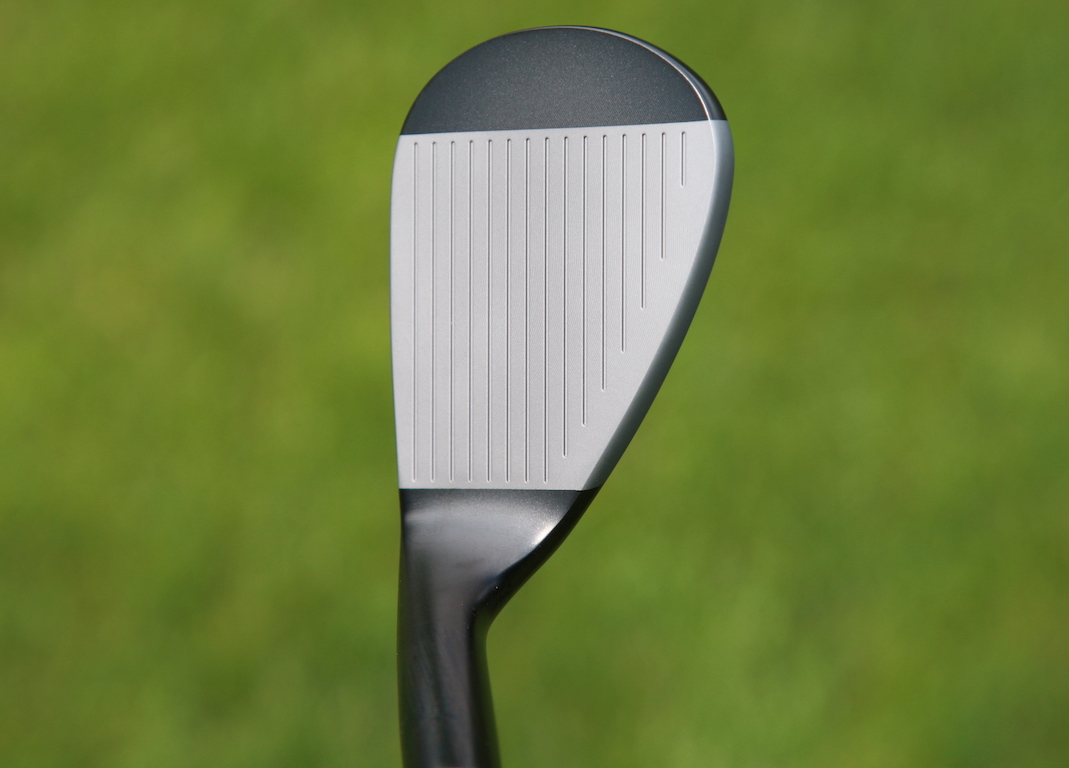
This week’s post is somewhat of a continuation of the recent path we’ve been on, discussing the nuances of those high-loft clubs at the short end of our sets – those specialty clubs we call “wedges.” The real question might be:
“What is a ‘wedge’ anyway?”
Can that name be given to any iron-type club simply based on its loft? And if that’s the defining criteria, where do “wedge” lofts begin? And can clubs of all different design configurations still all be “wedges” just because they fall into that arbitrary range of lofts?
To the first question, my historical research indicates the term “wedge” first came into common use in the 1930s with the invention of the original sand wedge, generally credited to Gene Sarazen. As the legend goes, after flying with Howard Hughes and observing the use of flaps to make the airplane go up or down, he conceived the idea of a downward angle on the sole of a niblick to make it “reject” from the sand. So, after numerous prototypes and testing, the club that came to be known as the “sand wedge” was born.
Those clubs were about 55-56 degrees of loft, and quickly became widely adopted because of this revolutionary performance from bunkers. My guess is the term “wedge” was applied to that club because that’s exactly how you used it – you “wedged” the club between the ball and the turf – loft made the ball go up and the sole made the club “bounce” off the turf.
The professionals of the 1940s and 1950s began to use their sand wedge for more specialty shots around the greens, but most often relied on their highest lofted iron for most routine pitch shots. In sets back then, that club had 50-52 degrees of loft and was often called a “pitching wedge,” but some labeled it simply a “10-iron,” or in Ben Hogan’s case, the Equalizer.
But that club looked like the irons it matched, bearing little resemblance to the specialty “sand wedge” with its big flange and heavy sole, but I really don’t know why it was also called a “wedge.”
As iron lofts began to strengthen in the 1980s, the need for a “gap wedge” came about, as that valuable 50- to 52-degree iron was disappearing. Then at the other end of the set, the “lob wedge” appeared. Both of those clubs bore some resemblance to the sand wedge because they were most often presented as loft extensions in manufacturers’ wedge product lines.
So, now let’s fast-forward to 2023. Most iron sets have a “P-club” of rarely more than 45 degrees, and we’re seeing more and more with as low as 42 degrees of loft. Many of the iron models offer set-matching “wedges” labeled “A”, “G”, “S”, etc. to extend the iron design up into the higher lofts. These all look almost identical to the 6-iron in that set, because this industry is still caught up in the notion of “matched” sets. (But that’s a topic for another day)
In the “wedge” category, product lines can be confusingly broad, with lofts from 46 to 64 degrees and all kinds of specialized sole configurations. So, back to the original question — what is a “wedge?”
Think about it this way.
At the long end of your set, the club with 22 to 24 degrees of loft might be configured as a fairway wood, or a hybrid, or a hollow high-tech “driving iron,” or simply the 4- or 5-iron that matches your irons. Each golfer can determine which configuration serves him or her best at that loft and the distance it produces.
Likewise, the clubs at the higher loft end of your set might look like your 6-iron, or might look like a traditional wedge, or might look like one of the numerous specialty wedges with a wider sole. My “wedge” designs for Edison Golf don’t really look like any of those.
But just like those options you have to build out the long end of your set, each of those various ways to configure a higher-lofted club will produce different results. So, can we really lump all of these high-loft options into a singular category and call all of them “wedges?”
Or is it time to come up with a totally different word to describe those high-loft clubs in our bags that have the assigned task of delivering consistent results at a range of distances as we get closer to the green?
I’m not sure I have the answer, but it should be fun for all of us to stop and ponder the question? Your thoughts, everyone?
- LIKE17
- LEGIT6
- WOW0
- LOL0
- IDHT0
- FLOP0
- OB0
- SHANK4
Opinion & Analysis
The best bets for the 2023 John Deere Classic

Probably not quite the ‘classic’ of its name, but the John Deere provides some recall of the good and bad of golf betting.
Back in 2013, a young Jordan Spieth made his reputation by sinking a 72nd hole bunker shot to put the willies up course specialist and lumpy bet Zach Johnson. As is the way, the Deere Run guru then bogied his final hole, going on to defeat in a three man play-off.
Fast-forward nine years and J.T Poston landed a confident wager in last year’s event, leading all the way to land a comfortable three shot victory. Can’t wait to see which way it goes this time.
Expect birdies galore around the course this week, with very little difficulty in finding fairways.
With most of the field managing to hit the large greens, GIR stats are less worthy than they might otherwise be. Instead, players need to hit it close enough so they make the majority of putts. As with previous winners Bryson DeChambeau and Lucas Glover (to name just two), high-class ball-strikers can give themselves enough chances to land their share of birdies.
Current form looks a must here this week, with cross-over form from Travelers including Spieth, DeChambeau, Daniel Berger and Brian Harman, and Rocket Mortgage champions Cameron Davis and DeChambeau showing up well at this week’s venue, all recording a similar winning score.
When the market opened, I felt Emiliano Grillo would be third or fourth favourite, so finding him at a bigger price than PGA maidens Denny McCarthy, Adam Schenk and new star on the block Ludvig Aberg was a pleasant surprise.
The three names seem to have more improvement in them than the 30-year-old Argentine, but none have the victories, or the course form, to justify being ahead in the market.
McCarthy has lifted his reputation even further with his play-off loss at Muirfield and leading to halfway at River Highlands, but he faded away when under the cosh here last year, allowing the experienced Grillo to be the closest challenger to Poston (alongside Chritiaan Bezhuidenhout), whilst the 23-year-old Aberg may well be the Second Coming but faded away late on at both River Highlands and Detroit, recording large minus figures for his iron play. Sub 25-1? Really.
Schenk makes a lot of sense on recent form, with iron play making up the most of his impressive tee-to-green stats, but at anything over 25/1 in a weak field, the Charles Schwab winner appeals more than anyone.
Grillo ranks 3rd on tour-tips overall ranking for this event, with half-a-dozen instances of top-25 tee-to-green play in his last eight starts. In the same period (since Bay Hill) the Argentine has listed in the top 12 for approach play on five occasions, leading the field at the Arnold Palmer and ranking 12th at Travelers.
The 15th place at River Highlands on his last outing is the best finish there since 2018 (19th) after which Grillo suffered a slump, falling down the world rankings from 47th to 156th during 2020.
2021 saw him come back with a runner-up behind Stewart Cink at Harbour Town, following up a year later when matching his second place here with a silver medal behind a rampant Tony Finau at the 3M.
Grillo was trending in the right direction before his play-off win at Colonial, with form figures of 7/5/23 and an unconcerning missed-cut at the PGA, and the win, from a nervous Schenk, and the world number one Scottie Scheffler, reads very nicely in this field.
Whilst never the greatest putter in the world, that aspect has improved greatly. Now ranking in 6th for putting average off a large number of greens hit, he has positive figures at five of his last seven starts and comes here recalling last season’s +8.5 strokes tee-to-green and +4 strokes for the flat stick.
Doug Ghim is playing nice golf at the moment, several years after being touted as a superstar.
This test suits the short-hitting but accurate player, and with form figures of 33/15/12/19/27, he’s the type to appeal as a solid top-20 bet.
For win purposes though, I’ll revisit a Grillo formline and row in with the man that lost to the selection by just one shot at the Web.com Tour Championship some eight years ago, Chez Reavie.
I put up the 41-year-old a couple of weeks ago at a monster 200/1 to regain his 2019 Travelers crown, and he gave us a thrill until fading away on Sunday, yet still paying out a healthy return for a place.
A 2021 finish of 18th and a previous pair of top-15 finishes led to him going off around 50/1 for this event 12 months ago, and I’m not sure he’s done anything, or faces tough enough opposition, to be 10 points longer.
Previous to his latest win at the Barracuda in July last year, the three-time winner posted 27th at Colonial and 8th at River Highlands. This time, he comes here after being 12thg at the halfway stage of the Charles Schwab and in second place after three rounds in Connecticut.
Now, with six consecutive cuts made and four of his last eight rounds in the low-to-mid-60s, he arrives after recording an average of between 5.5 and 6.0 strokes for approaches and tee-to-green, a repeat of which will see him bang there come Sunday evening.
With River Highlands and Deere Run form in abundance, he’s yet another old campaigner I feel will prove too much for the young guns.
Finally, we’ll go with a pair of three-figure pokes, firstly in the way of David Lipsky, a player with two wins on the European Tour at tracks that require a touch of guile over strength.
It may be five years since the 34-year-old worked his way around Leopard Creek to back up his Crans victory, but his career has not been devoid of highlights, including a four shot victory over Taylor Pendrith at the short San Antonio course in Texas.
2021 saw him record six top-10 finishes, including at Abu Dhabi and Valderrama, whilst a year later he finished top-10 at the Corales and better-class Mexico Open behine Jon Rahm and Tony Finau.
A season-opening top-five at the Sony promised much and, whilst it hasn’t gone that well, Lipsky can still boast top-20 finishes at the Charles Schwab and Memorial, where at halfway he was first and sixth respectively.
Always around 24th place last season, Lipsky has shown he can raise his game at a lower level, whilst two of his three victories have come in 25-under and 18-under. He can do a job when conditions suit, and at 125/1, he’ll do as a chance to gain some decent each-way money.
Next to him at 125s is 26-year-old rookie Carl Yuan, now finding his feet at this level yet massive amounts of points bigger than some of his more sexy rivals.
A winner on his home tour, he had a remarkable 2022, winning in Louisiana, and racking up a further four top-five and four top-10 finishes and getting himself in at the highest level a year after he was due.
Explaining why he missed promotion 12 months earlier, Yuan said it was every player’s dream to represent their country, so popped off to The Olympics rather than guarantee his PGA card through the final six events of 2021.
Still, he’s here now and, after a slow start, made three consecutive cuts – Houston, RSM and Sony – before another lull from mid-January.
Shaking that off, he bounced back to form with the halfway lead at the better-class Canadian Open, stating, “That’s my goal [retaining his card] coming into the week. That’s my No. 1 goal. Not a result goal, just like being in the present, hitting shot by shot and, yeah, being out here trying to have the most fun. All of it.”
It seems to be working as he finished a highly respectable 18th before landing another top-20 at Detroit last week after a third-round 64 had gotten him inside the top-10 going into payday.
This massive hitter will be able to club down for most of this week’s test, ensuring he builds on some steady seasonal figures for tee-to-green and with untold improvement to come.
There is a chance he needs a much bigger environment to thrive, but as an unexposed, potentially high-class improving recruit, he needs taking a chance with.
Recommended Bets:
- Emiliano Grillo
- Chez Reavie
- David Lipsky
- Carl Yuan
- LIKE1
- LEGIT0
- WOW1
- LOL0
- IDHT0
- FLOP0
- OB0
- SHANK0
Opinion & Analysis
The Wedge Guy: The case against set-match wedges
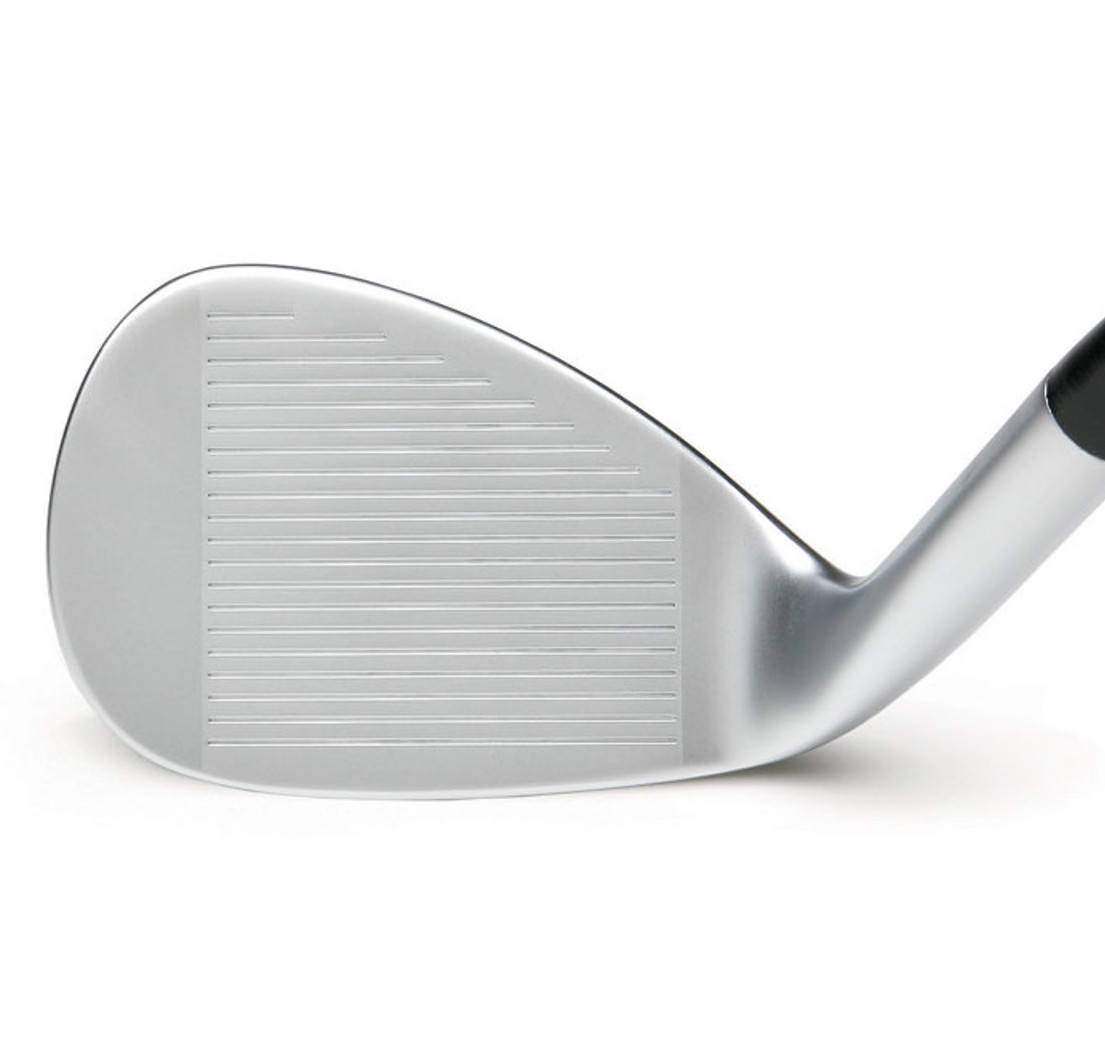
One side-effect of the relentless effort by major iron makers to win the “launch monitor wars” that pit one 6- or 7-iron against another is that the lofts throughout sets of irons have been continually strengthened to a point of what I consider ridiculousness. There are two major problems with this trend in specifications for sets of irons. The first is that to try to win the “launch monitor wars,” iron makers have to try to make their 6- and 7-irons go farther than the other guys’. That means making those mid-irons stronger in loft and using a bit of “trickery” by increasing the loft gapping between your higher-loft scoring clubs so that your “P-club” doesn’t get too strong, too (though modern “P-clubs” of 43-45 degrees of loft are really not “pitching wedges” at all).
Historically, iron lofts progressed through the set at four-degree loft intervals, and .5-inch length differentials. This wasn’t happenstance at all, it was the result of rigorous testing by professionals and average golfers. Those technical differences typically delivered consistent distance gapping from the pitching wedge down through the set.
A review of the specifications of almost every set of irons on the market today, however, will reveal that loft differentials are now five degrees between the short irons and as little as two degrees at the long end of the set. This is totally counter-intuitive to how you can improve your short iron and wedge precision. Why in the world would you want to increase the distance differences between your shorter irons, which is where you most need distance control precision? After all, a 6-iron shot that is 25 to 30 feet long or short is pretty darn good, but it sucks if you have a 9-iron or wedge in your hands.
Understand that the “holy grail” of distance in golf club design is the combination of high launch and low spin. Achieving this is relatively simple – put as much mass in the bottom of the golf clubhead as possible.
So, the second major problem caused by the “launch monitor wars” is how modern irons are designed. The early “solution” to longer-hitting mid-irons was extreme sole-weighting with thinner faces. The newer technologies we’re seeing in irons combine even faster faces with heavy tungsten inserts in the sole of the club.
But the problem with almost all irons on the market – especially in the “game improvement” category – is that this same design and technologies are applied throughout the “matched” set of irons and even into “wedges” that display that same design concept. And that’s where your prime scoring clubs are being compromised.
High launch and low spin are great in a driver or fairway wood, and maybe even desirable in your middle irons — but that is the exact opposite of what you need to achieve consistent distance precision in prime scoring range when you have a short iron or wedge in your hands.
Almost all accomplished players have learned to hit their short irons and wedges with a penetrating ball flight and lots of spin to stop the ball in its tracks once it hits the green. So why would you ever want to play short irons and wedges that have all their mass at the bottom, which is designed to deliver the exact opposite of what you should be seeking?
Now, let’s go back to the title of today’s post.
Either your 6- or 7-iron is 28 to 30 degrees of loft – but have you ever stopped to think that this loft is closer to that of your driver than to where your “wedge” lofts begin (around 45 degrees)? I feel certain that no golfer in the history of the world has ever proclaimed
“I really like my 7-iron. Can you make me a driver that looks just like it?”
In fact, from your 7-iron down to your driver, you likely have at least four, if not five, completely different clubhead designs in order to optimize performance at a given range of lofts. That iron design might evolve to a driving iron design a few degrees lower, then most likely to a hybrid design a few degrees lower than that, then to a fairway wood as lofts get below twenty degrees, and finally to a driver at 9 to 12 degrees.
So, if it takes four to five completely different clubhead designs to optimize performance at the long end of the set, how realistic is it that only one design throughout your set of irons can deliver the performance and precision you need at the short end?
I’ve always believed that every club in your bag has a specific purpose and expectation. Fairway woods, hybrids, and long irons are to get you close to or maybe even on the green from a long-distance approach. With middle irons (5 through 7 or 8), your goal is to get on the green within a reasonable distance, or certainly not to leave yourself a tough greenside save.
Your “money clubs” are those with lofts above 37 to 40 degrees, as this is where you have a chance to get close enough for the occasional one-putt, whether that is for a birdie, par, or bogey. And this is the end of your set where you likely have not spent the time to make sure it’s just right.
To accent just how important this part of your set really is, did you know (if you discount the fact that almost all so-called par-5 holes on the tour are really just long par 4s for those guys) the entire PGA Tour is over par outside 9-iron range?
Something to think about, for sure.
- LIKE59
- LEGIT18
- WOW4
- LOL2
- IDHT0
- FLOP4
- OB0
- SHANK3
-

 19th Hole2 weeks ago
19th Hole2 weeks agoTiger Woods delivered stinging message to major winner after denying him lift on private jet
-
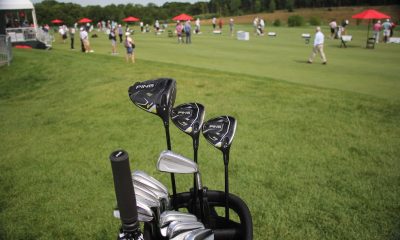
 Whats in the Bag2 weeks ago
Whats in the Bag2 weeks agoSeamus Power WITB 2023 (June)
-

 Whats in the Bag3 weeks ago
Whats in the Bag3 weeks agoOmar Morales WITB 2023 (June)
-

 Whats in the Bag3 weeks ago
Whats in the Bag3 weeks agoBlayne Barber WITB 2023 (June)
-

 Whats in the Bag3 weeks ago
Whats in the Bag3 weeks agoBen Carr WITB 2023 (June)
-
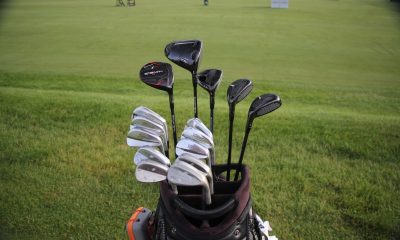
 Whats in the Bag2 weeks ago
Whats in the Bag2 weeks agoTom Hoge WITB 2023 (June)
-

 19th Hole3 weeks ago
19th Hole3 weeks agoJournalist alleges this is the ‘unforgivable’ act Phil Mickelson committed against Pat Perez and his wife
-
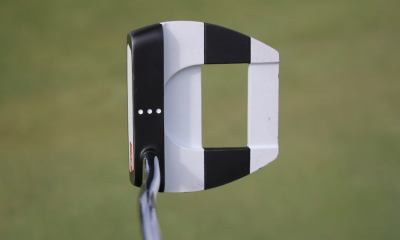
 News2 weeks ago
News2 weeks agoKeegan Bradley’s winning WITB: 2023 Travelers Championship













